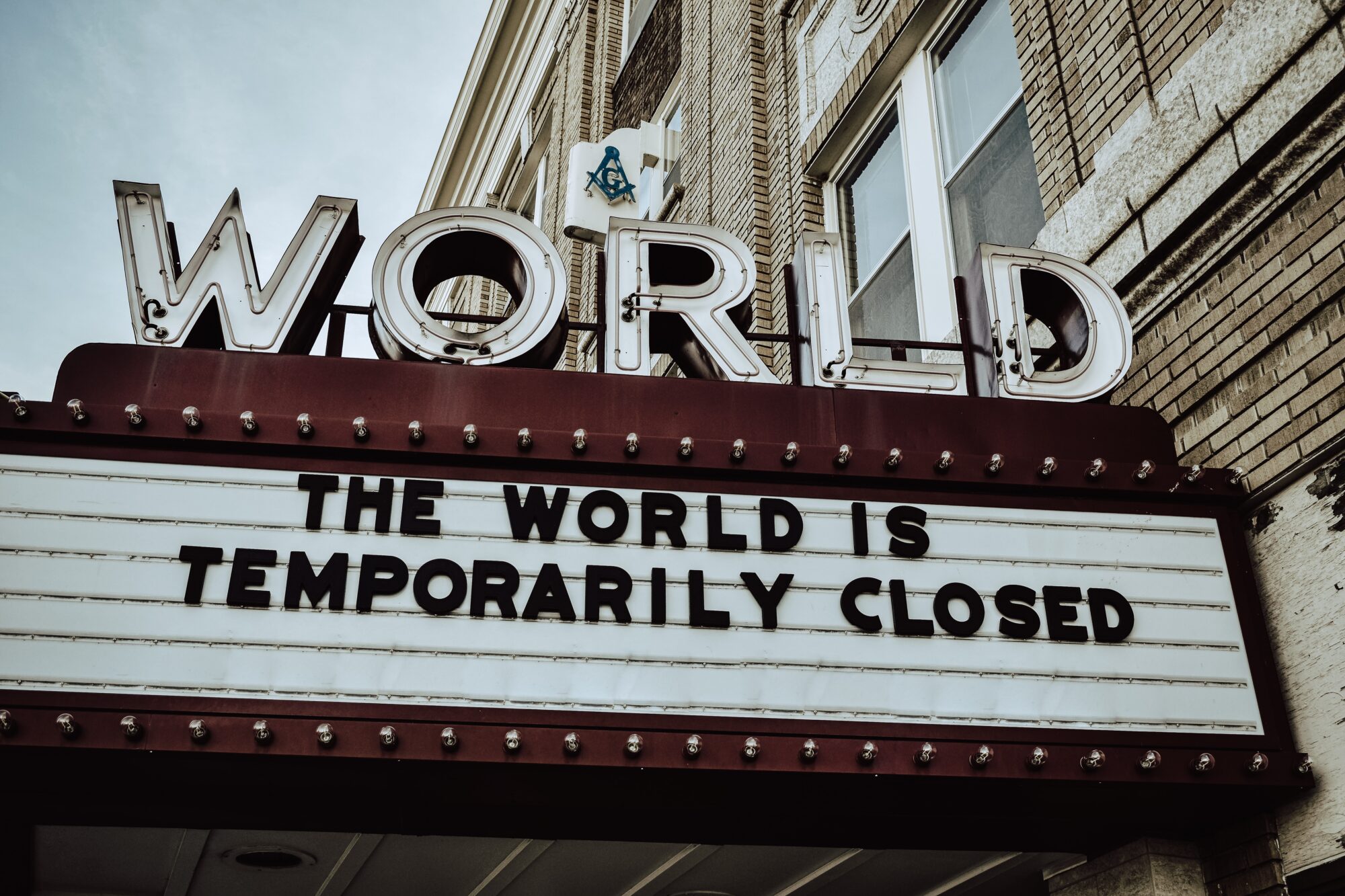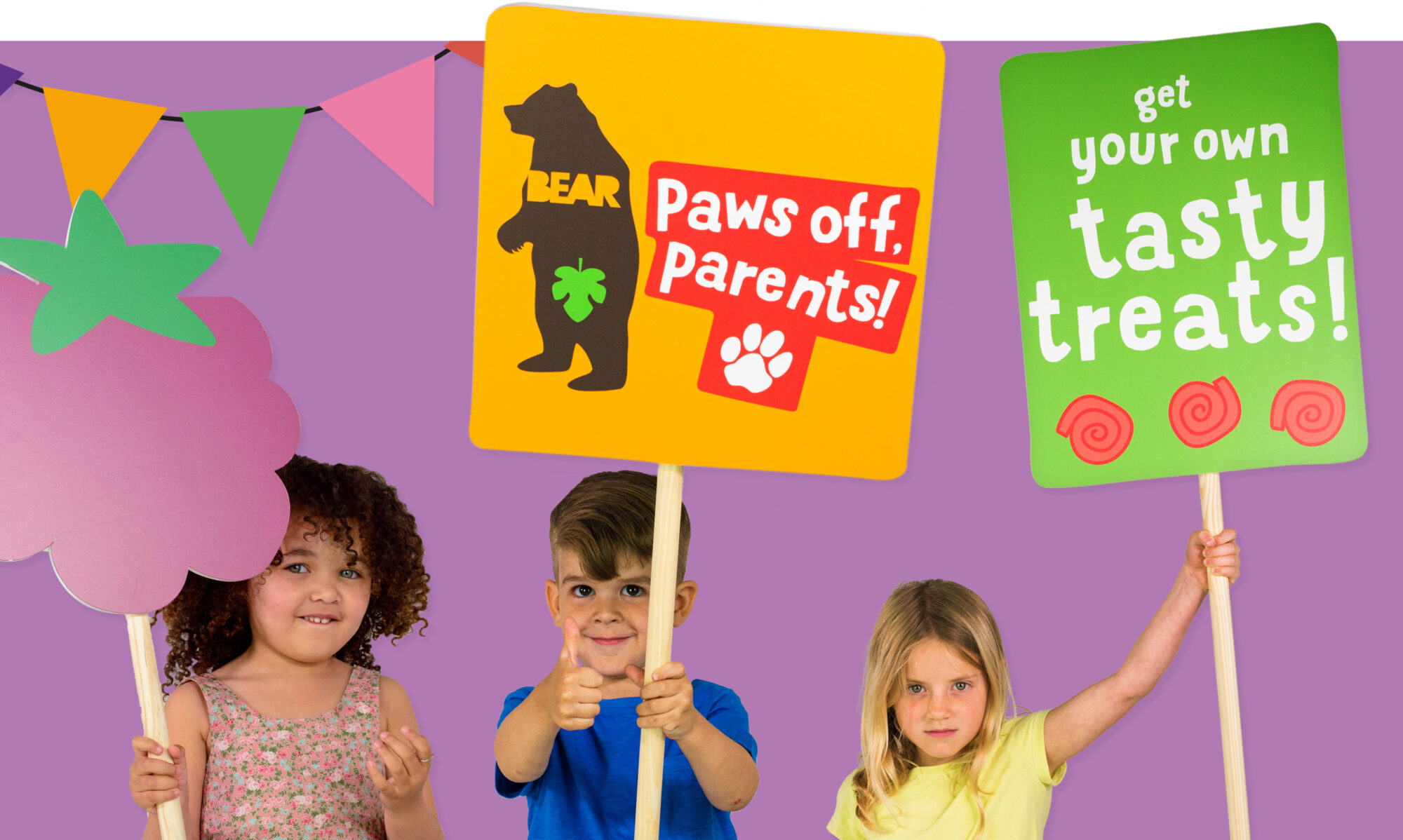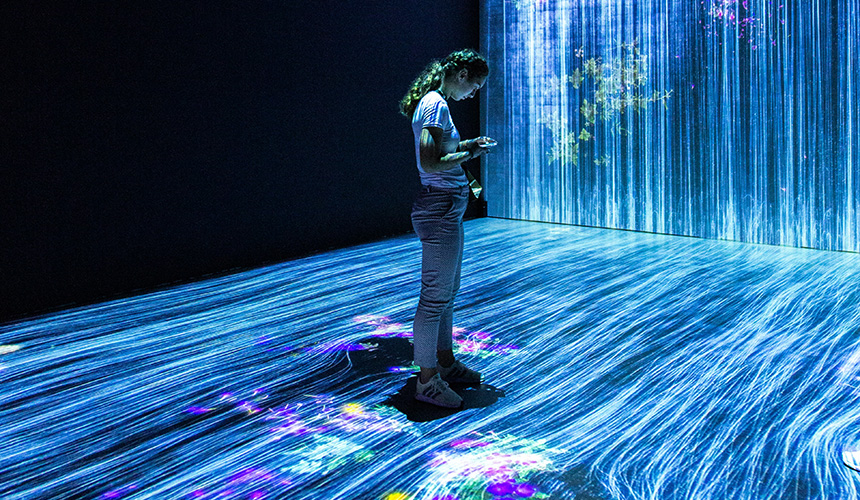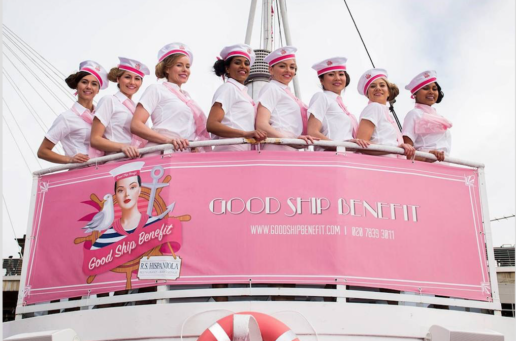
Launch events, face to face sampling, in-store experiences, experiential activation, all challenging to deliver safely and within Government Guidelines in their traditional formats.
Marketers and their agencies have been forced to look at innovative ways of getting consumers to experience new products – virtual events, e-sampling and digital experiences for example. But launch considerations post-lockdown go beyond overcoming logistical constraints – consumer behaviours, attitudes and habits will have changed and new behavioural trends emerged. What is the new mindset and need state of your target consumer, and what insights do you need to tap into if you are to successfully launch a product?
We are in unprecedented times and there is still a lot of uncertainty and guesswork in predicting the immediate and longer-term future. But we can call on research and data to unearth macro trends and insights that help us predict what might happen next, and understand the direction of travel.
Tracking the Data
Research and insights agency Rare have been tracking consumer data since the beginning of lockdown in order to understand purchase behaviours and brand perception in the context of Covid.
The most obvious shift is the move towards a more digital purchase journey – in June, half of all sales were online, and we did not see much of a change after the High Street opened. There are indications that this shift to online is here to stay – in the DIY sector for example, 20% of those who used to buy in-store claim they will move to online. The biggest shift from store on to online has been amongst the 55+ age group.
In terms of brand trust during lockdown, we’ve seen trust scores for the UK’s top brands dropping 10% (from 71% to 61%) as companies have struggled to get their response to the situation right.
There has also been a real diversity in how people have felt during lockdown, the majority feeling either worried, content or restless. But throughout the pandemic, if you ask people what they are looking forward to, they tell you it’s family, friends and being able to see, feel and experience things.
Before we dive into what these trends specifically mean for brands and product launches, it’s worth taking a step back to look at the human truths behind these behaviours. We can use behavioural science to help us understand what is driving the habits and attitudes that will dictate how consumers engage with, and ultimately buy, brands and products in the shadow of Covid.

Covid-driven human truths
The big question at the moment seems to be whether behaviours we’ve seen during lockdown will continue, whether we will revert to ‘normal’ post-lockdown, or whether we will see a ‘new normal’.
Social psychologist Kurt Lewin’s idea of the person in their environment (Dynamic Field Theory) asserts that our actions are dictated by both goals, beliefs and attitudes; and the environment we find ourselves in. Outside of lockdown, environmental context dictated up to 70% of human response, and in lockdown it became even more important. Habits are either formed by time (66 days suggested as the smallest amount of time required to form a new habit) or by the number of repetitions in the environmental context. But you need to be cued by the environmental context, in this case, lockdown. Will we continue with new behaviours as they have become habitual? Probably not, as we won’t have the same environmental cues.
Those habits we are more likely to keep, will be those that align to the EAST framework, i.e. those that are Easier, more Attractive, Social and Timely.
So, does that mean then we will just revert to what we were doing before lockdown? This is unlikely too – behaviour is never static, and we are more likely to see a hybrid of pre- and during lockdown behaviours or completely new behaviours post-lockdown. We are only at the beginning of seeing Covid-driven responses and we are likely to continue to see transition and change, some say up to 24 months from now. The only thing that is certain is that we need to be flexible and agile in the way we respond to this continued state of flux.
So what could be next? Humans are not good at making decisions under conditions of uncertainty. And with global messages moving from the clear and single-minded ‘Stay At Home’ to muddied and contradictory messages that place emphasis on the individual, we have seen a whole spectrum of responses. At one end, a younger, more male group wants to go out, celebrate and party. At the other, we have an older group who are still hiding at home – and many are stuck somewhere in between.
As a marketer, it’s important to understand where your consumer audience sits on this spectrum, and what their human needs will be post-lockdown:
Change: People are going to want to see change post-lockdown and will want to feel different about life.
Health: Health has been a big focus during lockdown and will continue to be. Not just physical health, it’s also about building mental fitness.
Human Contact: We are pack animals at heart and by instinct and will need to be able to verbally, physically and emotionally connect with each other.
Inspiration and Fun: People will want safe, fun as a release from the anxiety and boredom prevalent during lockdown. Look at how TikTok has exploded as a way to express ourselves, have fun and connect with people.
Trust and leadership: Peoples’ trust in the political system has been tested and leadership has faced a lot of criticism. Society will be looking for something that can help them create change but will only follow if they can trust you to support them in the way they need. And with people responding to perceived unfairness much more strongly than we’ve seen previously – driven by the pressure cooker of anxiety and boredom – far greater scrutiny will be placed on brands.
You may be thinking “this is all interesting stuff but what does it mean for me and my brand and how does it impact my launch strategies”?
Looking at the themes and trends that we are seeing from both a data and behavioural science perspective, there are a few key areas that brands should consider:
1. Understand your consumer
Make sure your campaigns are driven by consumer insight, and pivotal to this will be understanding your consumer. Will your audience be more focused and influenced by safety and preservation of what they have, or should you be reacting to a desire to grow, make up for lost time and enjoy life again?
2. Ideologically framed narratives
The temptation is to centre launch campaigns around traditional product or service benefits, particularly those using traditional paid media. Your consumers have spent the last few months living in a new civic-minded social order where they support their communities and each other. There is a real opportunity for brands to present a narrative that tells a story and shows a shared understanding of consumers’ ideologies. In fact, 63% of modern consumers prefer to do business with brands that share personal beliefs. This shared connection will be what drives trial, purchase and loyalty.
3. Be Purpose-Led, Delivering on Brand Values
The crisis means, more than ever, it’s important that you don’t just say what you stand for as a brand, but that you ‘walk the talk’ and take action. At this time, a focus on social responsibility of brands will be higher than ever. Remember though that with trust in the political system having been tested, consumers are cynical. Be careful that your purpose-led campaign doesn’t look like a cheap marketing ploy that exploits the situation for commercial gain.
4. Authenticity, Honesty and Brand Trust
Brand authenticity uses honesty and empathy as a way of building engagement with consumers that leads to trust and loyalty. Building trust takes time though and should be built across an accumulation of brand moments.
5. Focus on Experiences
Our craving for human connection and opportunities for fun will continue to build, and we are already seeing an appetite for this as lockdown restrictions are eased. Brands respond to this by centring campaigns around experiences as a means to engage and invite conversation, and providing opportunities for fun. But remember, do so with the human need and insight front of mind, they may want fun but it needs to be safe.
Central to delivering against these considerations will be the creative platform that you build your campaign around, and how you creatively execute your launch.

Creativity could be our salvation
The fact that we are in unchartered waters can be scary but it’s also exciting. It opens up new possibilities as we’re forced out of our well-trodden ditches of conventional thinking and are forced to bring creativity to the fore to solve challenges and take on board the considerations above.
Creative guardrails are still important though:
1. Having a red thread is essential
Great brand and product campaigns have a broad, consumer-focused idea that holds the overall campaign experience together. This is translated into a relevant and compelling narrative for every touchpoint – not only a visual signpost for every campaign asset but also a consistent and seamless experience.
A standout example of this is the Sainsbury’s Living Well campaign – the ‘red thread’ being the idea that having fun in the kitchen is part of living well. Feeding your soul and your belly.
The idea threaded across their comms from cheese to hot cross buns; from in-store POS to Spotify playlists; and from consumer to colleagues in times of celebration and crisis

2. Explore new activation channels and people-powered touchpoints
Brands can innovate with how they connect with consumers in both the real and digital worlds; going outside conventional channels to create two-way dialogue.
Kids’ snack brand Bear Nibbles asked us to build a campaign with a connected purpose – to convince kids that healthy snacks can taste good. Our ‘Paws off Parents’ campaign avoided traditional live sampling, instead using digital channels and two-way dialogue to drive trial. A mock ‘hands off our Bear fruit’ protest suggested that they’re so yummy, parents and kids will be fighting over them. This kicked off the conversation on Facebook, Instagram and YouTube, to trial the product. Parents could request a sample of a flavour range to ‘fight’ with their kids over who gets to eat the snack as a shared moment of playful fun at home. Digital money off coupons continued the dialogue driving penetration and enabling us to track geographical data; and a review email invited parents and kids to talk about the taste of the Bear sample to be shared on website BazaarVoice. The campaign successfully increased sales by 4.7% a month after the campaign.

We also loved this example from Glade – they found that online shopping meant fewer opportunities for the trial of new products where testing the fragrance is key. They teamed up with Walmart’s online shopping service and filled their air-filled packaging pillows with the new scent. When consumer popped the pillows, a waft of the new fragrance was released, with an option to purchase via a QR code. As well as 83% sales uplift and 11 million+ impressions in the first month, it picked up a slew of creative awards.

3. Create a meaningful, two-way dialogue
The current shift towards digital is likely to be sustained, making it even more important to link the digital to physical in truly connected brand campaigns that invite two-way interaction rather than relying on passive broadcast.
This is increasingly true in B2B as well as B2C and as an example, we recently created an integrated campaign to launch a new financial product for French bank, Societe Generale subsidiary Lyxor ETF. Our solution was a complete end to end campaign that incorporated a digital broadcast – where they would normally have held an event. The magazine style broadcast brought together a broad investor base and future-focused speakers from the financial world. The programme invited and enabled the digital audience to quiz the experts individually and in a panel discussion. The live digital event was translated into five languages to ensure maximum engagement and downloadable content and tailored follow-ups meant a meaningful two-way dialogue was generated.

I’ve given a few examples here of how you can look outside the traditional live channels and still deliver an immersive experience. But as discussed above, there will continue to be a demand for physical experiences that provide opportunity for human interaction and connection. Is it still possible to create live experiences in this socially distanced world as part of your launch strategy that generates the buzz and energy of a shared event?
Future of live experiences
Reduced capacity, spaced seating, Perspex screens, social distancing graphics and the wearing of masks don’t sound conducive to fun, emotionally fulfilling events.
But as society becomes more used to these safety measures in their everyday lives, including when at leisure, there’s still an opportunity for brands to create ‘connections without contact’.
With digital technology, we can take advantage of AR and VR to immerse consumers in brand worlds. Digital business cards, Apps, AI chatbots, podcasts, contactless payment, QR code scanning and RFID tagging all give opportunity for contact-free connections.
Instead of one large event, why not consider smaller, more intimate satellite events or roadshows. Focus on the detailed curation of an experience for a smaller, more targeted audience.
Take a ‘witnessed by few, experienced by many’ approach. Build experiences with shareability and longevity in mind; consider filming or live streaming your event to a much bigger audience; capture branded content and encourage attendees to capture and share their own content to ensure maximum amplification.
And finally, think about shifting brand experience to a more PR-focused ‘stunt’ model – the most creative and original PR stunts manage to create buzz and invite conversation around brands through both earned media coverage and word of mouth, with minimal human presence.

Practical Launch Framework
Having focused more generally on approach to, and considerations for, launch planning, I wanted to finish off by giving a more practical framework for the launch process post COVID:
Objectives: Be clear on what your objectives are, and be single-minded and specific. Are you looking to generate trial, steal market share or build brand equity?
Audience: Take time to develop an understanding of your audience mindset and gather insights on how to engage with them.
Big Idea & Execution: Try not to dictate the channels to use. The idea should come first, before you build out how the idea executes across the most relevant touchpoints.
Amplification: Consider how the campaign can be further amplified to increase reach using paid, earned or owned media.
Longevity: Consider what happens post-launch to give the campaign a longer tail. If you’ve collected consumer data you could build a CRM programme for example.
Measure and Evaluate: Understanding what worked well allows you to learn and optimise future campaigns.
It is without doubt an interesting time for marketers and brands as we negotiate the uncertainty and unknowns of Covid. But if we remain reactive, creative and mindful of what we do know about the human condition, I believe there is opportunity.
By Tracy Sorgiovanni

